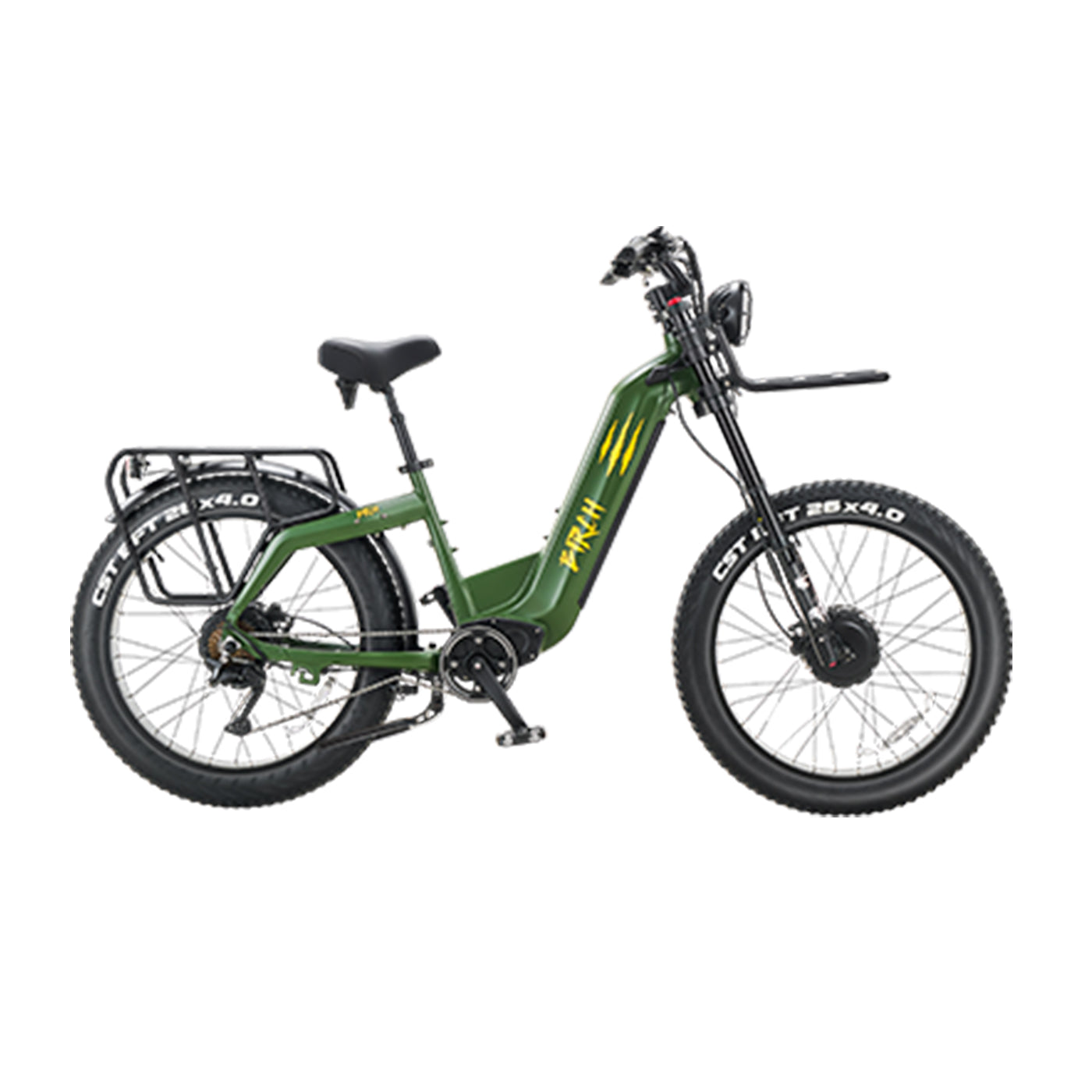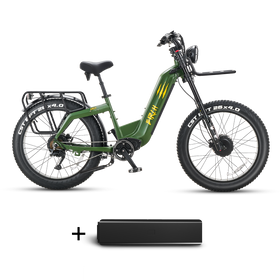Essential Safety Tips for Hunting: Stay Safe with Birch
Hunting is an adventure that only the bravest choose to partake, where your skills are put to the test and your survival rests on your wits. While hunting might be an exhilirating sport, it comes with inherent risks: both to the hunter and to their surroundings. In these situations, safety is not just a suggestion, but a necessity.
Before you set out on your next hunting expedition, it’s important to be well-versed in federal and state regulations. In most cases, every hunter must have a valid state hunting license for the area they’re hunting in. We recommend taking safety courses for hunting before you brave the wilds, so check out your local fish and wildlife agency for classes you can take.
While seasoned hunters already know this part, these laws are in place to ensure the sustainability of wildlife populations and the safety of hunters everywhere. We’ll be gifting you with these safety tips for hunting. Stay strapped, stay safe, and stay alive out there.
Outdoor Safety Tips
Hunter safety isn’t just about handling firearms responsibly (though we will be going over that too!); it’s about preparation, knowledge of your environment, and effective communication. Here are some essential tips for hunter safety:
Check weather conditions
You don’t want to be caught unawares by a storm or some bad weather. Always know the forecast before you leave and check periodically leading up to the hunt. Weather can flip a switch on a moment’s notice, and you don’t want to suffer the consequences of Mother Nature.
Let someone know your whereabouts
It’s the number one rule of safety: let someone know where you’re going to hunt. Whether it’s giving them your general location or going so far as to use a GPS tracker, make sure a friend or family member knows where you’re going, when you’re heading out, and when you plan on returning.
Stay in hunting areas
This might seem like a no-brainer, but stay in designated hunting areas. You don’t want to mistake a fellow traveler as prey, so stick to your side of the forest.
Know your hunting grounds
This goes hand-in-hand with the last tip, but know your area. Familiarize yourself with the land, taking care to know your boundaries, the terrain, and other landmarks. This will hopefully decrease your chances of getting lost and getting into accidents while you’re out on the land.
Dress appropriately
Even if you’re checking the weather conditions, prepare for the worst. Wear layers and don’t forget your hunter-safety orange gear to make yourself visible to other hunters.
Gear maintenance
Check your equipment before and after each outing to ensure that everything is in working condition. You’ll also want to make sure you know how to operate your equipment before going into the field. When you’re hunting, it’s best to prepare for every situation, even if it means having a heavier load. With a robust hunting bike, you can haul tons of cargo and equipment to make your travels even easier!
First aid and emergency kits
Always carry a first-aid kit and a set of dry clothes with you. Dry clothes are a lifesaver from hypothermia if you get caught in the rain, and a first-aid kit can prevent a nasty injury from worsening out in the wilderness. Being prepared is your best defense.
Be considerate
Whether it’s to fellow hunters or Mother Nature, be courteous to everyone. That means avoiding conflict, not making unnecessary noises that might scare off game, and minimizing your impact on the forest.
Hunter Safety Tips
A big part of hunter safety is gun safety! There are typically four rules of gun safety, but we’ll be giving you a couple more to keep you extra safe out in the wilderness. The 4 rules of gun safety are:
Treat all guns as if they are loaded
Enough said. Don’t treat a gun like it’s a toy; these things are real weapons. While this might seem like common sense to some, surprisingly sense is not common to all. So, don’t ruin it for everyone and treat your weapon like it’s live.
Don’t point the muzzle at anything you’re not willing to destroy
Guns can accidentally fire; it’s more likely than you think. Whether it’s from user error or gun failure, it can happen, so it’s best to avoid the situation altogether by pointing your muzzle away from anything that you’re not willing to shoot.
Keep your finger off the trigger until you’re ready to shoot
Like we mentioned before, it’s not difficult to accidentally pull the trigger if your finger is always resting on it. Keep your finger outside the gun until the target is in you’re sights are you’re ready to fire.
Always be aware of your target and what’s behind it
This is also known as “always know your backstop.” Whether you’re missing the target or your bullet goes through it, you should always have a backstop to prevent your bullets from flying any further. Make sure there’s no bystanders or anything you’re not willing to shoot behind your target.
Additional Gun Safety Tips:
- Always use eye and ear protection.
- Don’t use firearms if you’re under the influence.
- Make sure the gun is empty as soon as you touch it.
- Make sure your barrel is unobstructed or clear before using.
- Store your amunition and weapons safely.
The Importance of Safety
Safety measures are the backbone of a successful hunting trip. They protect not just you, but also the ecosystem and others enjoying the outdoors. Being prepared, aware, and respectful ensures that hunting remains a sustainable and safe activity for everyone involved.
Enhance Your Hunting Experience with Birch
If you’re concerned about safety while hunting, Birch bikes will help keep you well-prepared for anything the hunt throws at you. Whether it’s carrying heavy loads of equipment, maintaining traction on slippery slopes, or conquering steep inclines, Birch is your most trusted companion in the great outdoors.
Join the Birch family, and equip yourself with a hunting e-bike designed for hunters who prioritize safety, performance, and reliability. Discover more about the Grolar and how it can elevate your hunting adventures here.
Safe hunting is responsible hunting. Make your next trip a memorable and secure one with Birch.

















Leave a comment
All comments are moderated before being published.
This site is protected by hCaptcha and the hCaptcha Privacy Policy and Terms of Service apply.